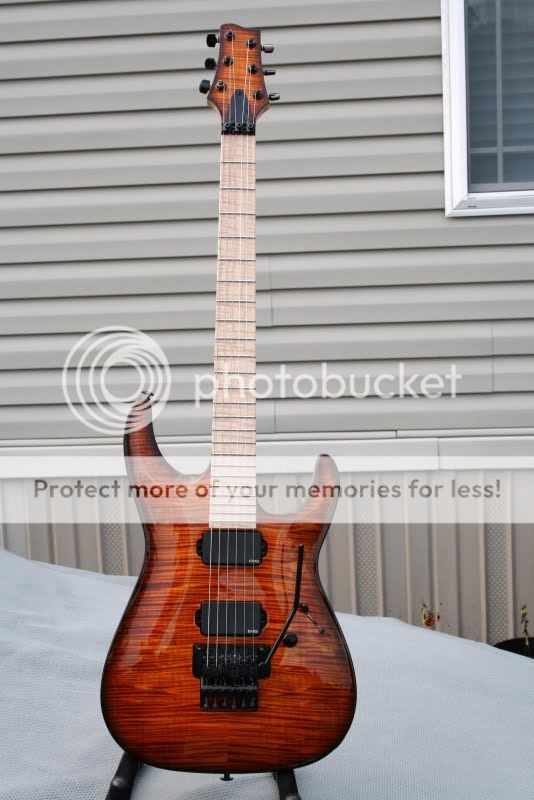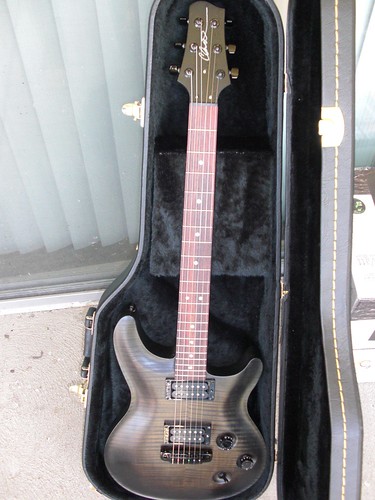reluctant-builder
Hero Member
- Messages
- 816
I tried searching for a topic on this, to no avail.
I've read on these boards that it's preferable to have a straight run to the tuning machines.
I don't know why or whether that's truly preferable, just as I don't know why Gibsons -- for example -- have the strings break to the right and left as well as downward with the paddle's pitch, or whether that is truly preferable.
But, assuming a straight line through the nut right to the machine is desirable (regardless of the downward break angle), which of the 3-per-side pegheads provide the straightest run to the machines?
It looks, to me, like it's the Variax. I've heard, though, that the "Warmoth" stock is modeled after the PRS stock, which provides straight runs to the tuning machines. Or am I mistaken, and it's the Variax that's most like the PRS?
Thanks in advance for any help.
I've read on these boards that it's preferable to have a straight run to the tuning machines.
I don't know why or whether that's truly preferable, just as I don't know why Gibsons -- for example -- have the strings break to the right and left as well as downward with the paddle's pitch, or whether that is truly preferable.
But, assuming a straight line through the nut right to the machine is desirable (regardless of the downward break angle), which of the 3-per-side pegheads provide the straightest run to the machines?
It looks, to me, like it's the Variax. I've heard, though, that the "Warmoth" stock is modeled after the PRS stock, which provides straight runs to the tuning machines. Or am I mistaken, and it's the Variax that's most like the PRS?
Thanks in advance for any help.




